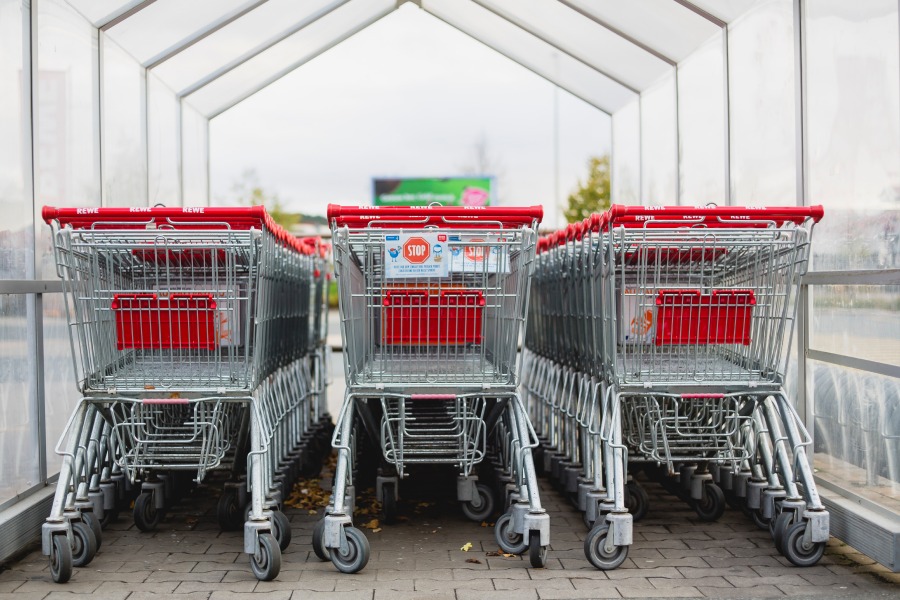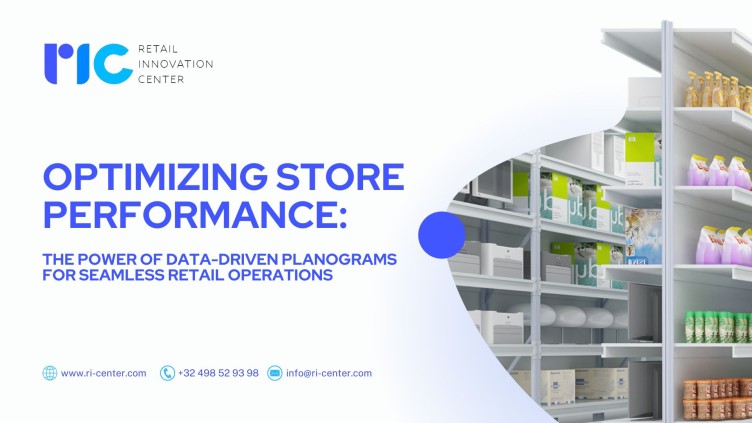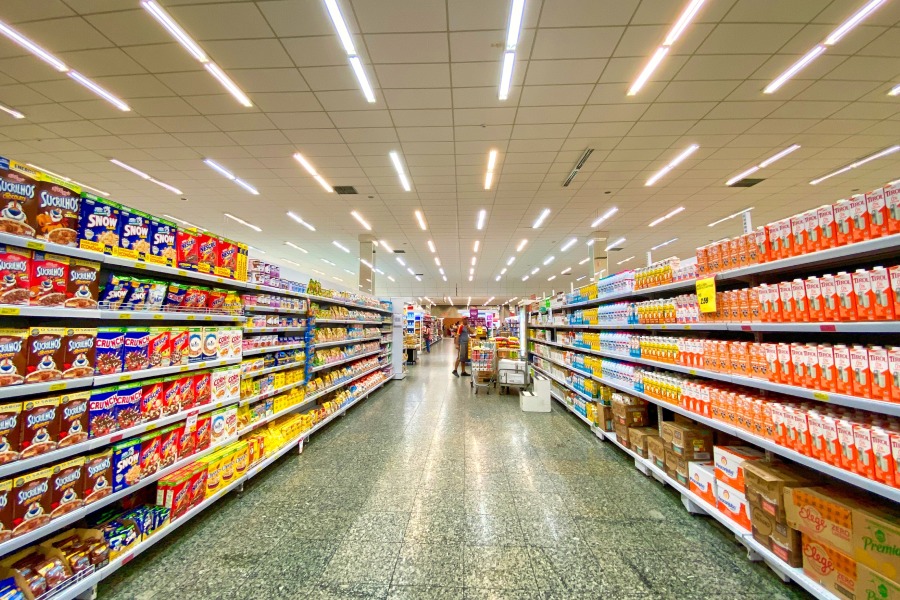As a retailer, your primary objective is to maximize sales while providing an exceptional customer experience. One of the most effective ways to achieve this is through the use of planograms. Planograms are visual representations of a store’s layout that indicate where products should be placed to optimize sales and create an attractive shopping environment. In this blog post, we’ll provide a brief explanation of planograms and their purpose, as well as the importance of planograms in retail store operations.
Planograms 101: What They Are and Why They Matter
A planogram is a diagram that outlines the placement of products in a retail store. It’s a visual that shows where the subsegments and products of a category should be placed on the shelves and how much space should be allocated to the subcategories and the products.
Planograms are created based on data-driven analysis of factors such as sales, product popularity, customer shopping behavior, and product attributes.
They typically include details on the placement of individual items, product categories, and even entire store layouts. Retailers use planograms to ensure that products are placed in optimal locations, which leads to increased sales and improved customer experience.
The Importance of Planograms in Retail Store Operations
There are several reasons why planograms are crucial in retail store operations. Here are a few of the most important:
Improved Sales: Planograms ensure that products are placed in the right locations, which can lead to increased sales. By using data to determine which products should be placed in high-traffic areas, retailers can create a shopping environment that is optimized for sales.
Better Customer Experience: Planograms also help to create a better customer experience. By organizing products in a logical way, shoppers can easily find what they’re looking for and make purchases more quickly. This leads to greater customer satisfaction and loyalty.
Reduced Restocking Time: When products are organized according to a planogram, restocking becomes much more efficient. Staff can easily identify which products need to be restocked and where they should be placed, reducing the time it takes to restock shelves and ensuring that products are always available for purchase.
Reduced Out-of-Stock Risks: By using planograms to track inventory levels and determine the optimal placement of products, retailers can reduce the risk of out-of-stock incidents. This helps to prevent missed sales opportunities and dissatisfied customers who can’t find the products they need.
In conclusion, planograms are a powerful tool for optimizing sales and improving the customer experience in retail stores. By using data to determine the optimal placement of products, retailers can increase sales, reduce restocking time, and create a better shopping environment for their customers. Whether you’re a small business owner or a retail giant, incorporating planograms into your operations can help take your business to the next level.



